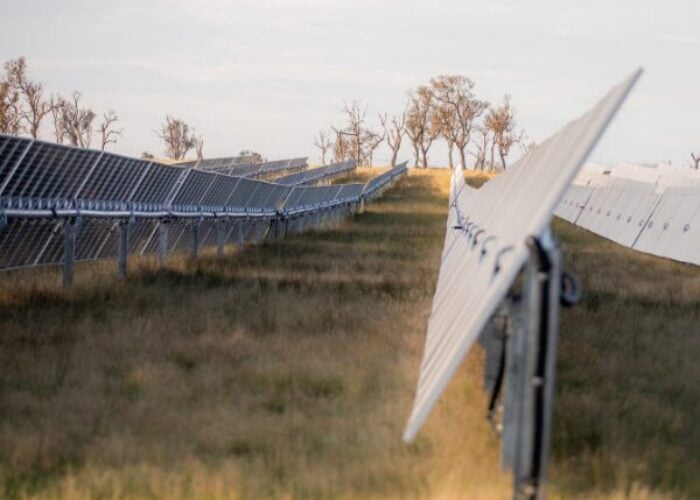As Phase 1 of India’s National Solar Mission reaches half way, India stops to take stock of its progress with an independent report conducted by the National Resources Defence Council (NRDC) and the Council on Energy, Environment and Water (CEEQ). The report has been drawn from extensive discussions with stakeholders and research and analysis of national, state and international programs, with the aim of aiding the government in overcoming obstacles to achieving the Mission’s goal of 20GW by 2022.
The report includes:
Try Premium for just $1
- Full premium access for the first month at only $1
- Converts to an annual rate after 30 days unless cancelled
- Cancel anytime during the trial period
Premium Benefits
- Expert industry analysis and interviews
- Digital access to PV Tech Power journal
- Exclusive event discounts
Or get the full Premium subscription right away
Or continue reading this article for free
Encourage financing: To bolster confidence among financiers and overcome high interest rates in India, the Indian government should diligently enforce Renewables Purchase Obligations, support further development of the Renewable Energy Certificate (REC) market, and share additional information on the Payment Security Mechanism, which covers potential defaults on payments. The Reserve Bank of India and the Finance Ministry should work with the Ministry of New and Renewable Energy (MNRE) to support solar energy investment, and the private sector should lead by syndicating loans and sharing experiences in India’s solar market.
Boost domestic manufacturing: India’s domestic content requirement (DCR), which was intended to nurture domestic manufacturing for silicon PV technology, has instead shifted the market toward thin-film PV, which does not fall under domestic manufacturing mandates and can therefore be imported at a lower cost. The Indian government should consider modifying the domestic content requirement to apply uniformly across all PV technologies or a percentage of PV components, as well as, adopting a different incentive to promote domestic manufacturing without restricting foreign imports. Simultaneously, manufacturers should strengthen existing networks to develop policy solutions that would ease barriers to manufacturing in India.
Create a conducive environment: The Indian government urgently needs to increase the information available on the Mission’s progress, by demanding solar projects give periodic updates on their progress, to building confidence among investors with more transparency around technologies and commissioning processes. The central government should also work closely with state governments to facilitate land allocation for solar projects. The solar industry should create a network of solar energy groups, focused on resolving common industry concerns and interacting with government agencies to develop solutions for the entire supply chain.
“As the world’s second-fastest growing economy, India has sparked a powerful solar market in only two years,” said Anjali Jaiswal, senior attorney for the Natural Resources Defence Council’s India Initiative. “While the National Solar Mission still faces significant hurdles, India has already made important strides to attract new domestic and international players into the market, and lower the price of solar energy faster than most anticipated.”
“As nations race to become clean energy leaders, governments around the world will be closely following the progress of India’s National Solar Mission,” said Dr. Arunabha Ghosh, CEO for the Council on Energy, Environment and Water. “It’s essential that the Indian government adapt its strategies under Phase 2 of the Mission to boost confidence in projects and spur investment from a variety of funding sources and financial institutions.”
The full report and fact sheet can be found online here.





